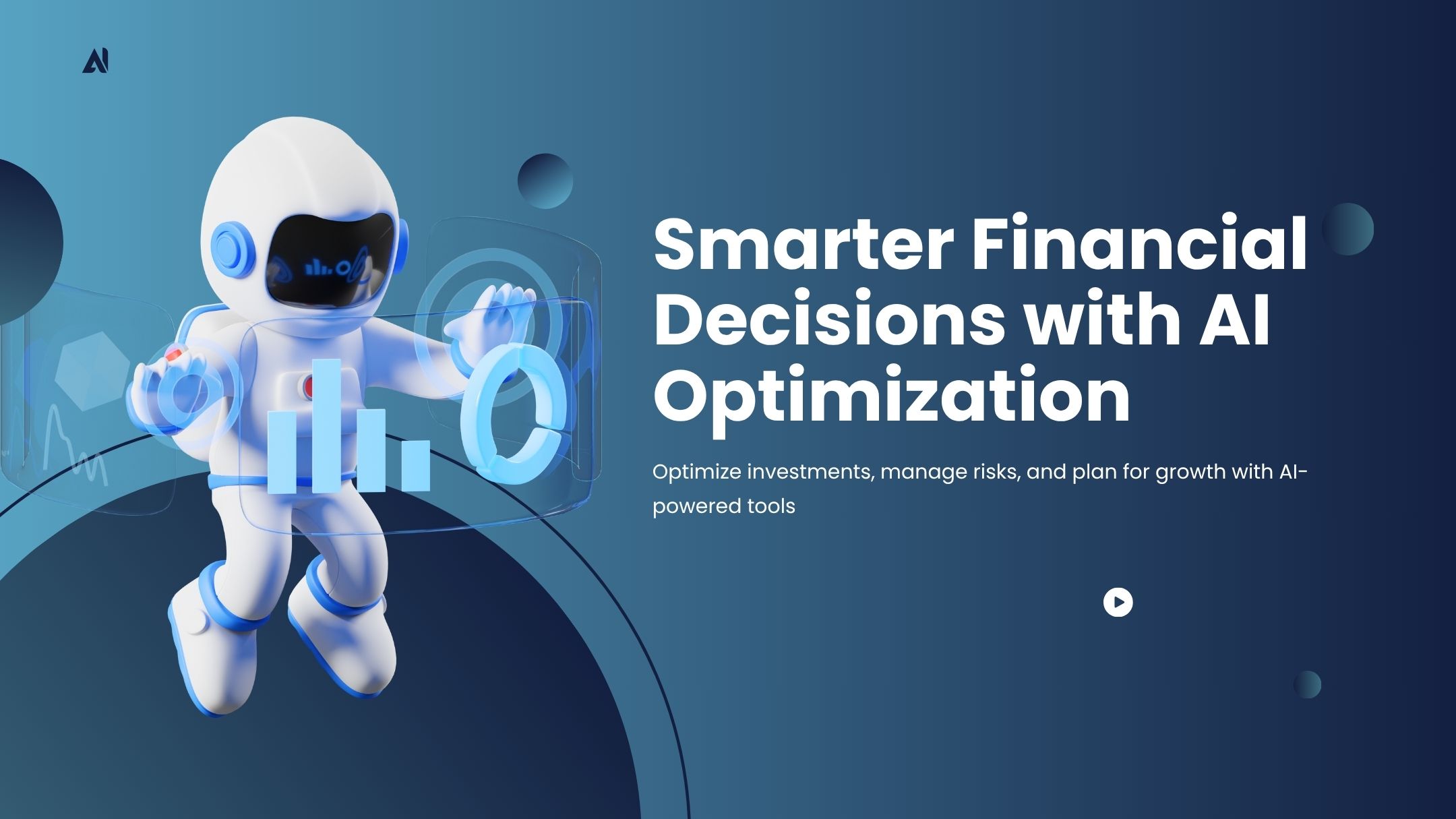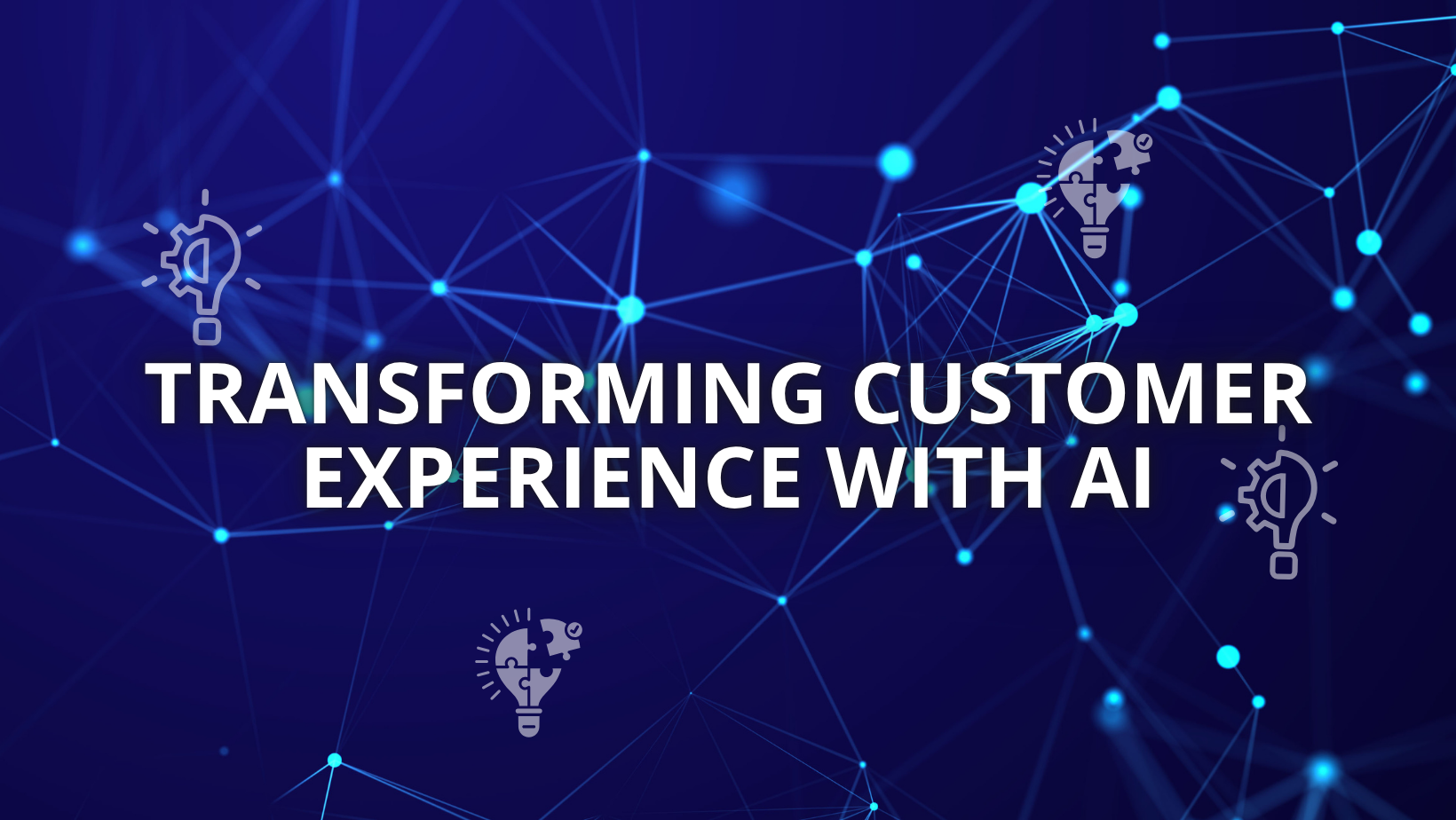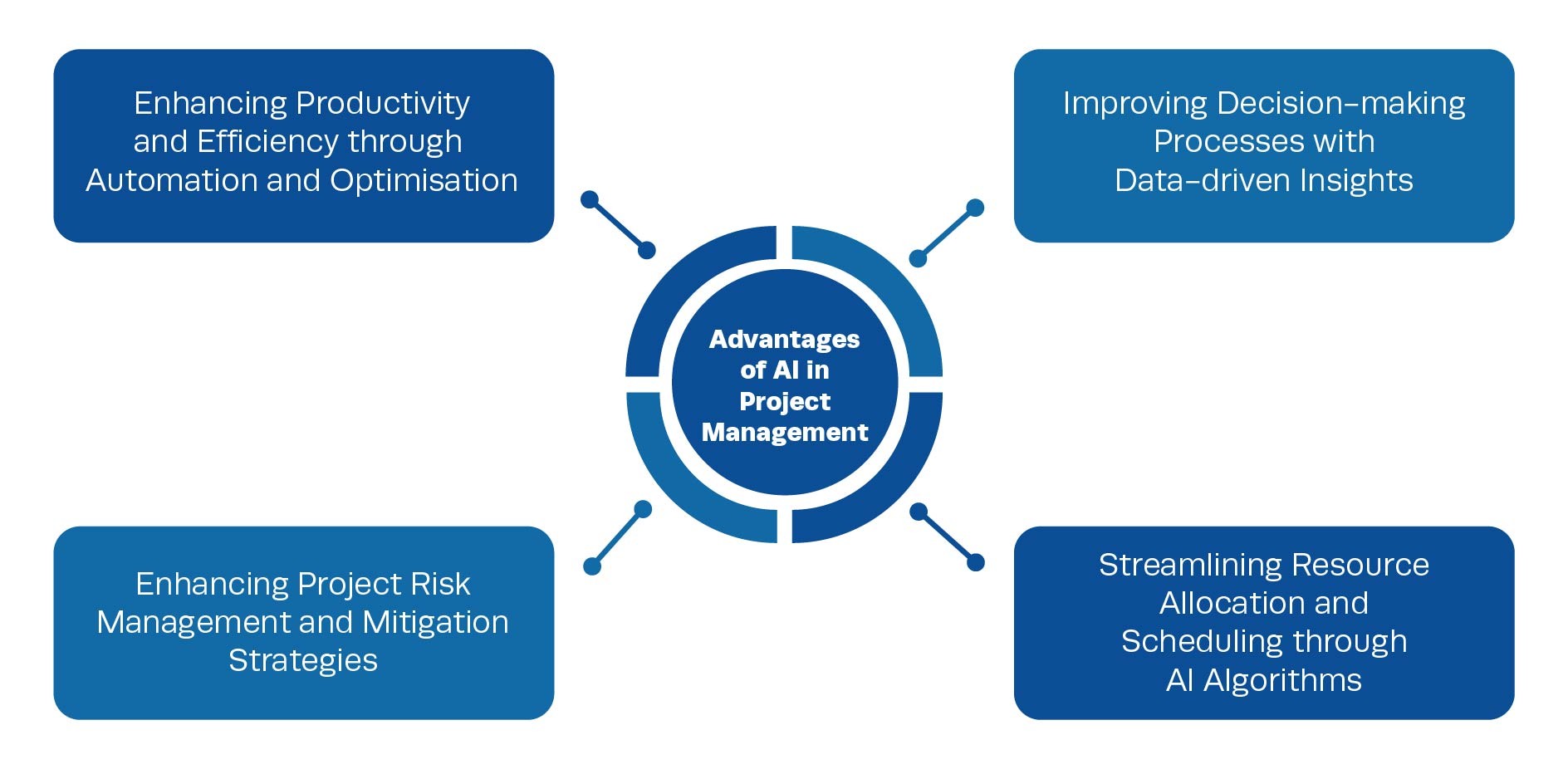Since the birth of the first PC, security issues threatens every industry that is implementing IT technology. Traditionally, the solution for IT security was to build a specific response on a specific cybersecurity threats. Since a few years ago, leading companies in the security industry have pronounced that, for every known threat, there is a solution. This is likely to be true.
However, is this enough?

Since attackers better understand how existing security solutions work and are shifting their attack to less-visible and less-detectable, there are simply not enough IT professionals to handle security threats. After realizing this fact, the industry is turning to something else for help.
Predictive Analysis
When predictive analysis is utilized in business, for instance, predicting customer behavior, analysts select desired variables, such as age, income, gender and geographic location, from historical data and add them into models, which can be easily adjusted base on what kind of result is needed. The same idea applies to analyzing future threats in the area of IT security.
Predictive analysis can assist organizations to more accurately secure the cause of an attack. It doesn’t necessarily imply that you can detect a threat before it happens, but it can assist security professionals in finding unknown malicious software and point out where the cyber attackers are at.
How Predictive Analysis Helps
Security professionals are extremely familiar with what a ‘normal’ behavior of a particular system looks like. By putting historical data of the normal behavior of a system into predictive models, professionals can easily tell which component of the system is malfunctioning — think about the concept of outliers. When pointing out those ‘outliers’, security professionals see their potential targets.
However, the prediction is not always right. As we all know, in order to be considered a reasonable suspect, the ‘outlier’ must be statistically significant. Since the statistic significant level is somewhat subjective, we still need those highly trained professionals, but their workload is greatly reduced.
In Conclusion
Implementing predictive analysis in threat scanning doesn’t mean that human insight is no longer critical, especially when presenting the result of the analysis. Statistics are complex for untrained employees and the number of trained-personnel is limited. With the help of these systems, employees who don’t have knowledge in IT security can read the results and make decisions based on the analysis. This fact shows a huge value of implementing predictive analysis for solving IT security issues. So connect with us today to learn how you can utilize Predictive Analytics for IT security.










